Description
Generally, UNS S31803 has been solely designated to the Duplex 2205® grade. More recently, it has been available complying with the higher corrosion resistant composition UNS S32205. The only difference in the UNS numbers is that UNS S32205 contains a higher nitrogen content which guarantees better corrosion resistance. Composed of between 21% to 23% chromium, 4.5% to 6.5% nickel, 5% to 3.5% molybdenum, 2% manganese, and 1% silicon, with the balance being iron. Also found in Duplex Stainless Steel are trace amounts of carbon, phosphorus, sulfur and nitrogen.
Benefits of Duplex include: good weldability and workability, high resistance to corrosion fatigue, stress corrosion cracking (especially chloride stress corrosion cracking), erosion, and high energy absorption. Other advantages of Duplex are higher heat conductivity and low thermal expansion compared to austenitic stainless steels, high strength, good resistance to sulfide stress corrosion, and high resistance to pitting and crevice to corrosion. Duplex 2205® accounts for over 80% of the total usage of Duplex stainless steels throughout the world because of its superior workability as well as corrosion resistance.
| Corresponding Standards: | |
| EN/DIN | 1.4462 X2CrNiMoN22.5.3 |
| AFNOR | Z2CND22.05Az |
| AISI – A182 | F51 (329LN) / F60 |
| UNS – ASTM A276 | S31803 / S32205 |
| BRANDS® | SAF 2205 – SANMAC URANAUS 45N FALC223 |
| SS | 2377 |
| BS (WROUGHT) | 318S13 |
| BS (CAST) | 332C15 |
| EN (10283) | 1.45 |
| Chemical Composition | |||||||||
| C | Si | Mn | P | S | Ni | Cr | Mo | N | |
| Min | ― | ― | ― | ― | ― | 4.5 | 21 | 2.5 | 0.08 |
| Max | 0.03 | 1 | 2 | 0.03 | 0.02 | 6.5 | 23 | 3.5 | 0.2 |
| Bar Specifications | |||||
| Uns | Type | Ams | Astm | Federal | Characteristics |
| S31803/S32205 | Duplex | – | A-276 A-479 |
– | Roughly double the strength of standard austenitic stainless steels, designed to improve resistance in many applications such as chloride environments and sulfide stress corrosion. |

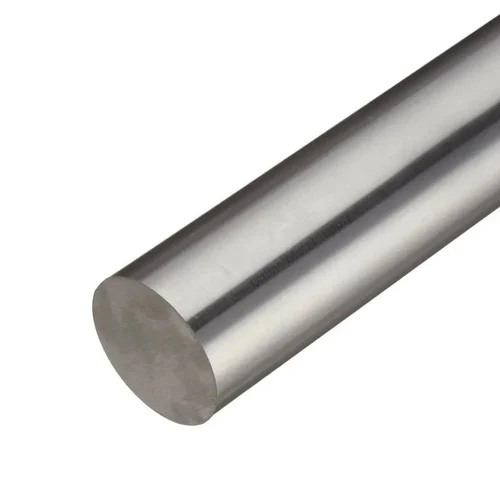
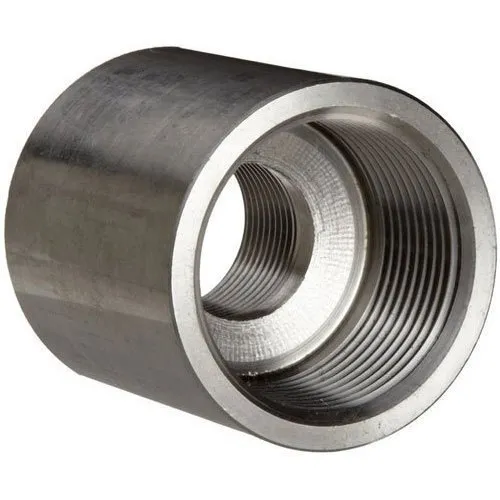
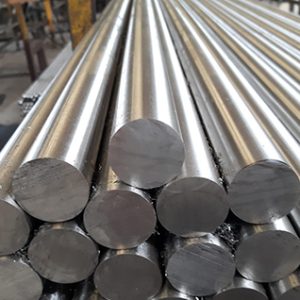
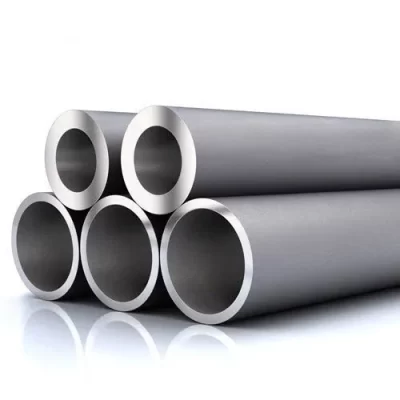
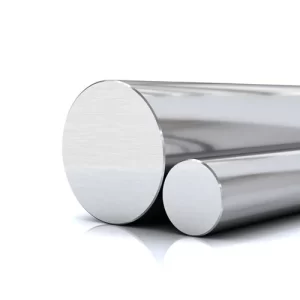
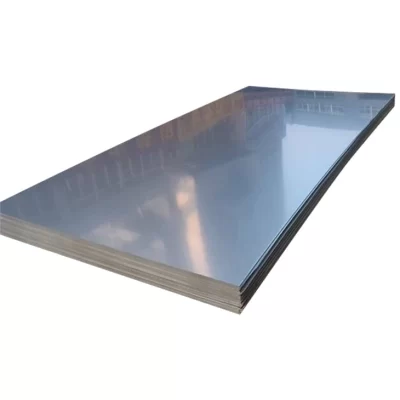
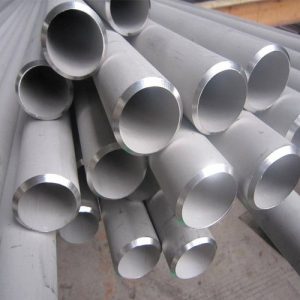
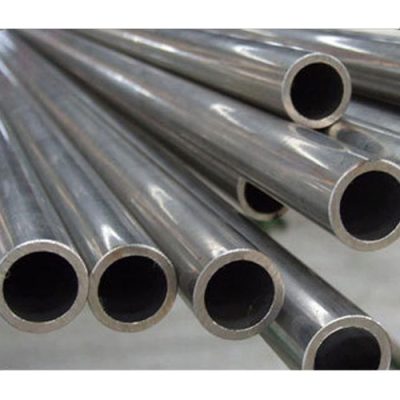
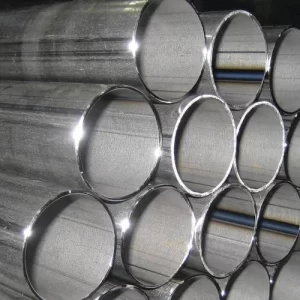
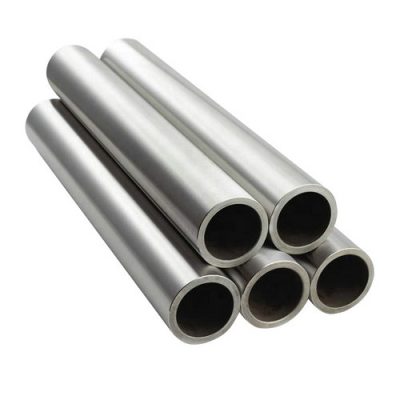
Reviews
There are no reviews yet.